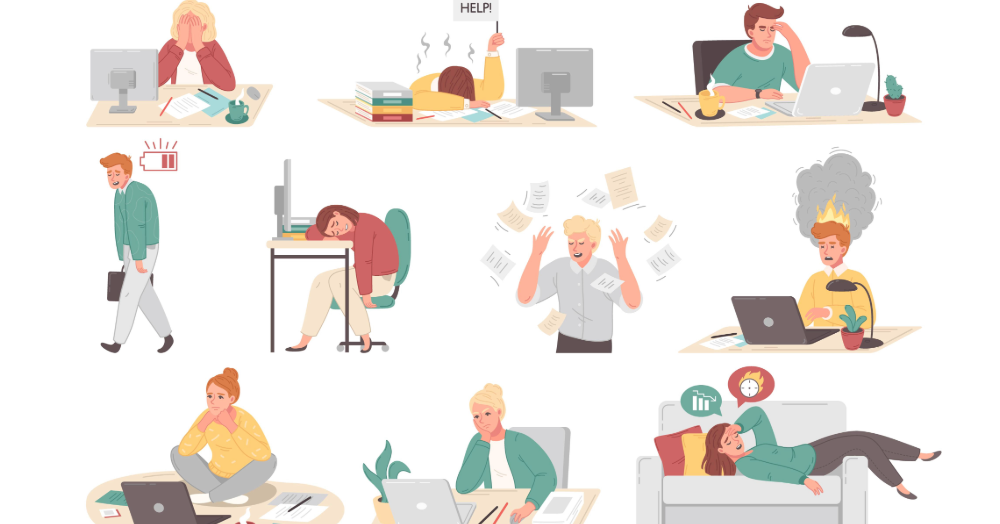Category: Staff development in learning and teaching
In this enlightening blog post, Qingrou Zhao, a third-year history PhD student at The School of History, Classics, and Archaeology, delves deeply into the concept of “rewilding creativity” through interdisciplinary teaching in tutorials. Inspired by ecological rewilding, which allows nature to reshape itself with minimal human intervention, Qingrou explores how educational methodologies can similarly benefit […]
In this blog post, Tessa Warinner, wellbeing adviser at the School of History, Classics, and Archaeology, discusses ‘Burnout’ – a rising concern in academia. Tessa discusses what it feels like, its prevalence, impact, and signposts helpful resources for managing it. This post belongs to the Hot Topic theme: Critical insights into contemporary issues in Higher Education. I’m […]
In this post, Rose Day, Learning Technologist at the School of History, Classics, and Archaeology (HCA), highlights the HCA TEL Learn Ultra Showcase. The showcase features some of the innovative courses and provides insightful commentary from course organizers and learning technologists who played pivotal roles in their development. This post also belongs to the Spotlight on Learn […]




